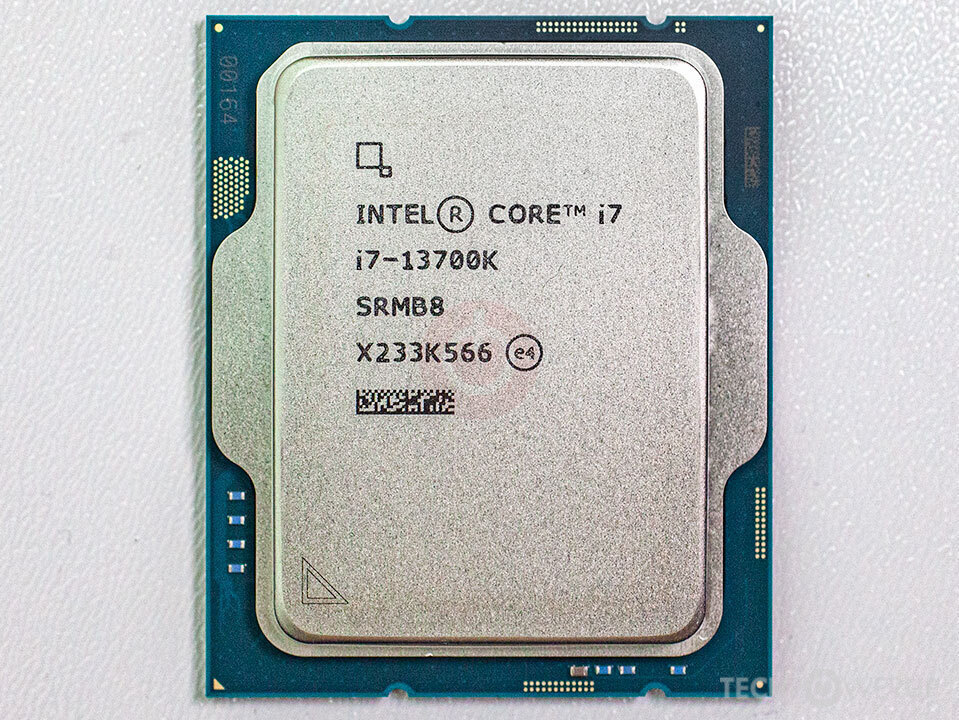- Joined
- Feb 1, 2019
- Messages
- 4,005 (1.72/day)
- Location
- UK, Midlands
| System Name | Main PC |
|---|---|
| Processor | 13700k |
| Motherboard | Asrock Z690 Steel Legend D4 - Bios 13.02 |
| Cooling | Noctua NH-D15S |
| Memory | 32 Gig 3200CL14 |
| Video Card(s) | 4080 RTX SUPER FE 16G |
| Storage | 1TB 980 PRO, 2TB SN850X, 2TB DC P4600, 1TB 860 EVO, 2x 3TB WD Red, 2x 4TB WD Red |
| Display(s) | LG 27GL850 |
| Case | Fractal Define R4 |
| Audio Device(s) | Soundblaster AE-9 |
| Power Supply | Antec HCG 750 Gold |
| Software | Windows 10 21H2 LTSC |
Attaching the csv hwinfo log, curious for thoughts, is this expected with temp throttling feature?
Board is Asrock Z690 Steel Legend
Bios is mostly defaults, exceptions below.
Cooler set to air cooler.
PL1 set to 125w (auto configured by above)
Disabled Driver auto update
Advanced settings default bios screen.
Post delay boosted to 3 secs.
Vcore peaked at 1.400v during multi core.
Clocks seemed to stay at max, whilst over 100C (109C). 5278.1mhz
Rows 5 to 8 multi core load. and around 8/9-13 for single core load.
Going to set PL2 to 125w as well as dont trust the thermal throttle.
--
Looking at the tjmax delta for the first run it looks like tjmax is set to 115C instead of 100C, in the bios the setting for it is set to 'Auto' The core that hit 109C, at the same point was 6C to tjmax. I will change that value to 100 manually, pl1/2 both to 125w before I move on.
Attaching data from fix vcore of 1.3v also. Temp peaked at 97C (18c to tjmax so again tjmax looks to be set to 115c). Peak power consumption down 30w which seems a little underwhelming.
Board is Asrock Z690 Steel Legend
Bios is mostly defaults, exceptions below.
Cooler set to air cooler.
PL1 set to 125w (auto configured by above)
Disabled Driver auto update
Advanced settings default bios screen.
Post delay boosted to 3 secs.
Vcore peaked at 1.400v during multi core.
Clocks seemed to stay at max, whilst over 100C (109C). 5278.1mhz
Rows 5 to 8 multi core load. and around 8/9-13 for single core load.
Going to set PL2 to 125w as well as dont trust the thermal throttle.

--
Looking at the tjmax delta for the first run it looks like tjmax is set to 115C instead of 100C, in the bios the setting for it is set to 'Auto' The core that hit 109C, at the same point was 6C to tjmax. I will change that value to 100 manually, pl1/2 both to 125w before I move on.
Attaching data from fix vcore of 1.3v also. Temp peaked at 97C (18c to tjmax so again tjmax looks to be set to 115c). Peak power consumption down 30w which seems a little underwhelming.
Attachments
Last edited:







